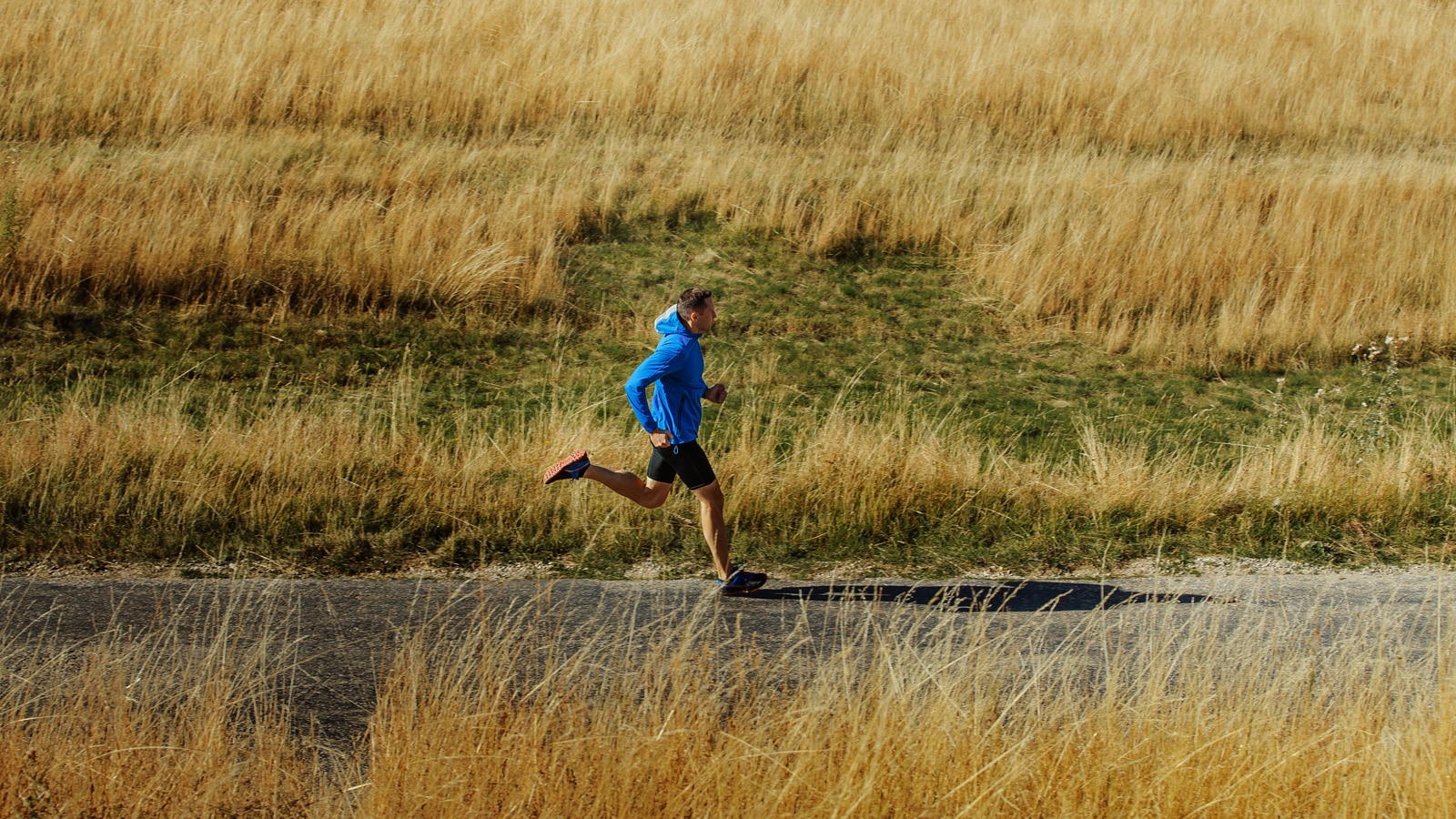5 Hill Repeat Workouts To Become A Stronger, Faster Runner
Hill workouts are strength training for runners. It’s a tough workout that challenges you to work harder and run more efficiently with improved running technique. Running up hills isn’t just essential training for your next hilly race; hill repeat workouts, often called hill reps, will make you stronger for running on the flat.
They’re also good for training your mind. It takes a strong resolve to complete your hill rep set. If you can push hard at the relatively slow pace it takes to conquer a hill, and go back for more, you’ll be able to push through to the end of a race.

Benefits Of Hill Repeats
If you’re a beginner runner looking to add speedwork to your training, or an intermediate runner trying to improve running times, you’ll benefit from a weekly hill repeat session. Here are some of the reasons for running hill repeats:
- Build running strength. Think of hill repeats as strength training without the need to go to the gym. By running uphill fast, you’ll strengthen your calves, hamstrings, and glutes, plus your hip flexors and core, and even work your arm muscles as you pump your arms to power your way up the hill.
- Become more efficient. There’s nowhere to hide when you’re running uphill and your running style is forced to be efficient. To power those leg muscles, keep your body upright instead of doubling over at the waist and engage your core.
- Faster cadence. Hill repeats encourage a quick cadence, which benefits your running and makes you a faster runner.
For extra benefits, add downhill repeats to your workouts. Downhill running is hard on your quads and knees and can catch you out in races. Practice being light on your feet by taking quick, short steps to reduce the impact.

5 Hill Repeat Workouts
It’s always best to be cautious when you first start running hill repeats. Make sure you warm up thoroughly with at least a 10-minute easy run and some dynamic exercises to activate those calves, hamstrings, and glutes. If you’re a new runner, I always recommend 3 to 6 months of regular running (at least 3 times a week) before introducing speedwork.
1. Beginner Runners
Warm up with a 10-minute easy run/jog followed by a 2-minute walk and some dynamic exercises such as walking lunges.
Find a gentle incline. It needs to be a hill you can run up repeatedly, challenging but not so steep that you end up walking.
- Run uphill for 10 seconds, jog back down.
- Run uphill for 15 seconds, jog back down.
- Run uphill for 20 seconds, jog back down.
Easy run for 10 minutes to recover, then repeat the session. 10-minute jog or walk, cool down to finish.
Repeat this session once a week, gradually increasing the time intervals of the hill repeats until you’re strong enough to try one of the more advanced workouts.
2. Intermediate Session 1
Warm up with a 10-minute easy run followed by some dynamic exercises such as walking lunges. Find a hill where you can keep pushing for 30 seconds with a 4 to 8% gradient.
- Complete six repeats of running for 30 seconds uphill with a 90-second recovery jog back to your starting point.
- 10-minute easy jog.
- Repeat the session of 6 x 30 seconds uphill with a 90-second recovery jog.
- 10-minute easy cool down.
3. Intermediate Session 2
Warm up with a 10-minute easy run followed by some dynamic exercises such as walking lunges. Find a long hill with a 2 to 5% gradient.
- Complete four repeats of running for 2 minutes uphill with a 1-minute recovery jog.
- 10-minute easy jog.
- Repeat the session of 4 x 2 minutes uphill with a 1-minute recovery jog.
- 10-minute easy cool down.
4. Uphill Effort
Practice running at a consistent speed uphill. Find a hill that takes you at least 10 minutes to run to the top. Warm up on the flat for 10 minutes, then run uphill at a consistent effort level for 10+ minutes. Apply the same effort level as you would on a flat run.
When you reach the top of the hill, practice your summit transition. Instead of slowing down at the crest of the hill, try to speed up. You’ll find it’s a great way to overtake competitors in races!
5. Downhill Strides
Many runners struggle with running downhill, which can lead to tired legs due to the muscle strain of breaking. Running strides downhill is a good way to improve your cadence and make running downhill effortless.
After a run, find a gentle slope and run 4 – 6 relaxed downhill strides. Practice these downhill strides once a week, gradually progressing to steeper slopes. To run quickly downhill without straining, shorten your stride and focus on quick legs and a fast cadence.
Alternatives To Hill Repeats If You Don’t Live Near A Hill
Not everyone has access to hills on their doorstop. That doesn’t mean you can’t run hill repeats. Most of these sessions can be run on a treadmill. Alternatively, look for hills provided by man-made structures such as embankments or even running up steps.







